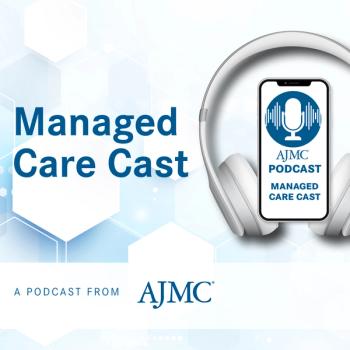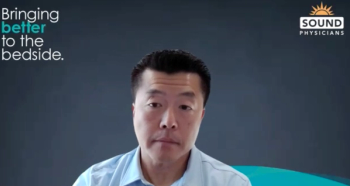
Lyn Fitzgerald Discusses How NCCN Defines and Assesses Value in Cancer Care
In 2015, NCCN introduced the NCCN evidence blocks which is a tool that allowed for clinicians and patients to have a conversation about what is important to a patient’s individual value system, said Lyn Fitzgerald, senior vice president of US & Global Development at NCCN.
Transcript:
How is NCCN working to define and assess “value” in cancer care?
So, the panel today I talked about the NCCN categories of preference. So, in 2015, NCCN introduced the NCCN evidence blocks which is a tool that allowed for clinicians and patients to have a conversation about what is important to a patient’s individual value system. We’d consider the efficacy of a therapy, safety, quality of the evidence, consistency of the evidence, and affordability.
The categories of preference are another step, it’s another tool to help clinicians with understanding what is optimal care. We believe that value truly is defined by an individual patient’s need and so the categories of preference allow for our panel members to signal to clinicians of all the recommendations in the NCCN guidelines, which are the preferred.
Newsletter
Stay ahead of policy, cost, and value—subscribe to AJMC for expert insights at the intersection of clinical care and health economics.







































